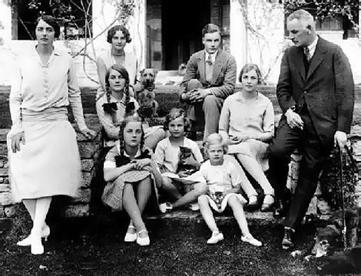What do you think?
Rate this book


388 pages, Hardcover
First published September 30, 2015

 and it was very much a shock to find my idol had feet of clay. In fact feet???? The clay would go right up to her neck!
and it was very much a shock to find my idol had feet of clay. In fact feet???? The clay would go right up to her neck! Thompson suggests Unity was mentally ill which would certainly explain her hysterical adoption of the Nazi cause. I find this photo chilling;
Thompson suggests Unity was mentally ill which would certainly explain her hysterical adoption of the Nazi cause. I find this photo chilling;